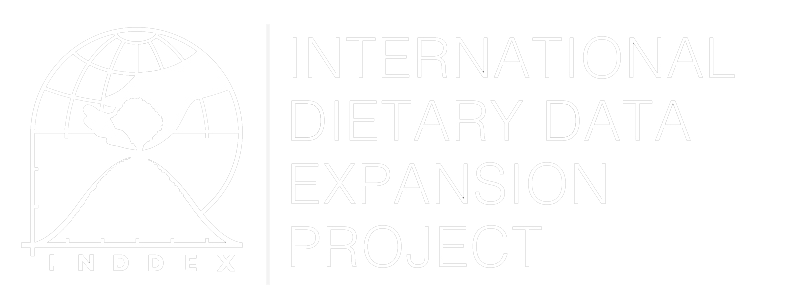Food Security Indicators
Detailed information on diet-related food security indicators, organized by food security dimension
Data Sources and Methods
Common data sources and relevant methods used to produce diet-related food security indicators
Case Studies
Country case studies illustrating real world application of indicators and data sources
What is Data4Diets?
- Searchable set of diet-related food security indicators designed to help program implementers, policy makers, and researchers
- Descriptions of common data sources and methods to determine preferred resources for producing these indicators and information
- Online repository of guidelines, articles, and studies relevant for indicator construction and use
- Real world case studies showing how indicators have been used for diet-related food security policy and programming
Developed by the International Dietary Data Expansion (INDDEX) Project, the Data4Diets platform follows a framework proposed by Coates (2013), which identifies six policy-relevant dimensions of the food security construct that are inherent to the 1996 World Food Summit definition and were shown to reflect people’s own experience of the problem of food insecurity. The six dimensions of food security in the Data4Diets platform – slightly adapted from Coates (2013) – are: quantity (caloric sufficiency), quality (nutrient adequacy), preferability, safety, stability, and sustainability, all of which can be measured at four levels (national, market, household, and individual). Read more about Data4Diets here.
| Quality | Quantity | Preferability | Safety | Stability | Sustainability | |
|---|---|---|---|---|---|---|
| National, Market (Available) | ||||||
| Market, Household, Individual (Accessible) | ||||||
| Household, Individual (Utilizable) |
Data4Diets: Building Blocks for Diet-related Food Security Analysis, Version 2.0. (2023). Tufts University, Boston, MA. https://inddex.nutrition.tufts.edu/data4diets. Accessed on [enter date accessed].
